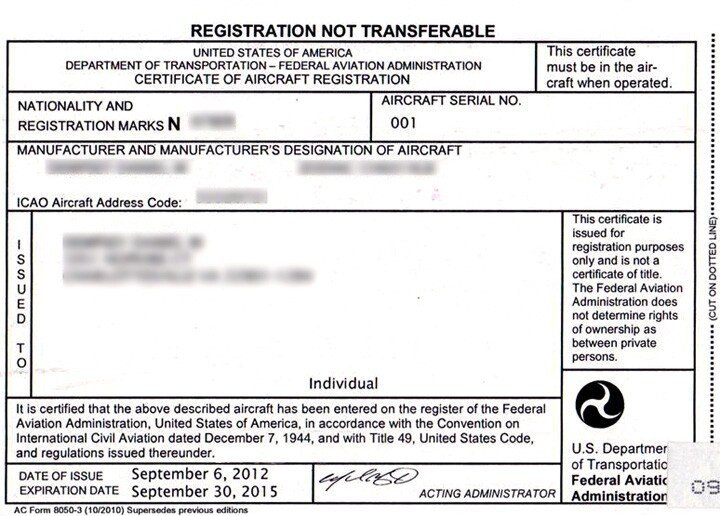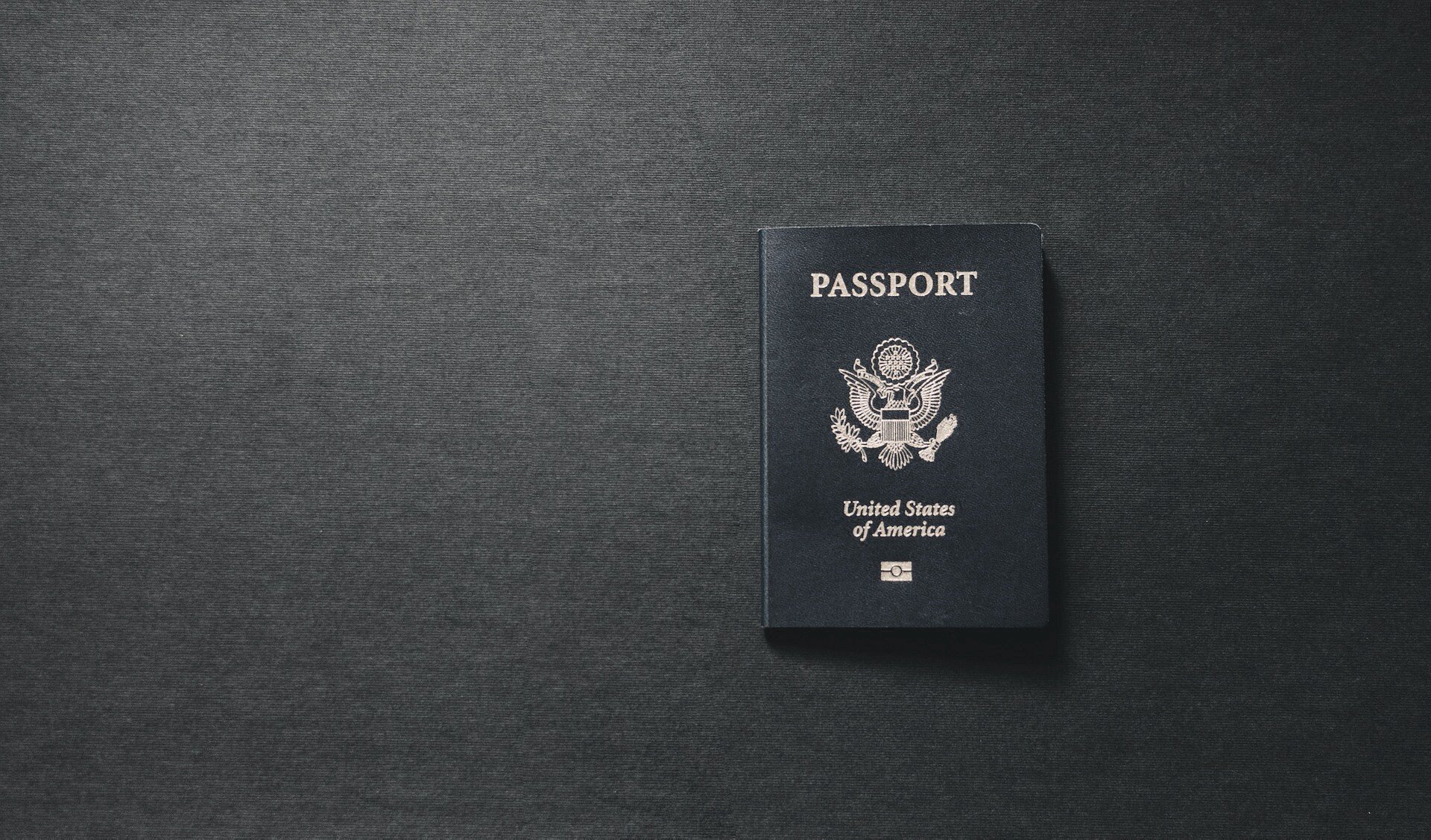Aircraft Documentation
Summary
Updated: 4/27/2025 Read time: 5 min
Check your ARROW docs, note the extra R, get a CBP decal and get a maintenance log release.
CBP Docs, RIP (SAFA) Inspection paperwork, Signatory Carrier (Visa Waiver Program), LOAs (MEL, RVSM, etc.), and actual oceanic crossing documents should be on board, too. Those, however, are operator documents, not aircraft documents, and are beyond the scope of this article.
Details
Airworthiness Certificate
The aircraft’s Airworthiness Certificate is issued when the airplane's manufacture is complete. It has no expiration, but it is tailnumber-specific. The Airworthiness Certificate must be updated if the plane has a tailnumber change.
This can slip through the cracks (the Registration Branch deals with your registration, but the AC is handled by an FSDO). Make sure the Registration number on the Airworthiness Certificate matches the aircraft. To update, contact your local FSDO and notify them of the change.
Registration
If you have had the aircraft for a while, check the registration expiration date well before an international trip. As of January 23rd, 2023, aircraft registrations are now valid for seven years instead of three. One important thing to check is the address listed on the registration. The FAA will automatically send out new registration cards reflecting the seven-year expiration dates, so if your address needs updating, now is the time to do it.
At closing, you submit an application of registration to the FAA registration branch office and this will serve as a temporary registration. Temporary registration is also called a pink slip, but it’s no longer pink, and it no longer expires in 120 days. It’s good until your hard card arrives.
If you have an international trip coming up, the pink slip will not be valid outside the US. You can submit a Declaration of International Operations (a flight wire) to expedite the registration process. Up to 10 days before the trip, submit a flight wire. If you give sufficient notice before the trip, the FAA can prioritize handling and update their records. Expect a letter of approval (it’s also called a Temporary Registration) that authorizes international operations for up to 30 days. Expect your hard card to be issued within that timeframe.
Radio Station License
The FCC regulates all radio communication, from 5G networks to remote-controlled kids' toys. It is responsible for keeping signal bands from interfering, and aircraft and pilots are a small part of its workload.
The good news is all it takes is an online application and payment to get the FCC radio station license. The bad news is their website is the worst… really. Difficult to navigate and to know what you need to do:
Create an online account or log in at the FCC Commission Registration System (CORES).
Obtain an FRN number or associate your existing FRN with your account.
Apply for an Aircraft Radio Service license on Form 605 Schedule C.
Pay the $170ish fee
The license will be emailed to you.
Operating Limitations
Contained within the AFM or POH of the aircraft are your operational limitations, including copies of your placards in the aircraft. Technically, missing placards would violate the requirement to have all operating limitations on board.
Additionally, have you kept your AFM/POH up to date? The FAA delegates aircraft manual revisions to the manufacturer. FAR 91.9 (b) specifies that the airplane flight manual must be current to operate a US-registered civil aircraft.
Weight & Balance
The ARROW acronym refers to the W&B derived from the latest equipment modification tucked away in the POH. In addition to that, you should have the actual weight and balance calculated for each flight.
CBP Decal
Read “user fee.” The US Customs and Border Protection requires commercial vehicles, private aircraft, and private boats to purchase a decal before crossing the US border. The good news is it is only $30.
More good news: this website is much better than the FCC one. Apply through the CBP Decal and Transponder Online Procurement System (DTOPS).
Create a website user account and apply for the Annual User Fee for Private Aircraft. You will also need to create a purchasing account. It is a good idea to name the purchasing account the same as the entity that owns the aircraft.
Basic aircraft information is required. Once paid, the decal arrives in a couple of weeks, sometimes quicker. When you receive it, you need to stick it within 18 inches of the entry door or the aircraft visible with the door open.
CBP agents do check this small piece of paper upon entry into the country. Every port has its own policies and areas of emphasis, so YMMV.
Maintenance & Discrepancy Logs
The logbooks are not required for international travel if you have another means of recording maintenance records while operating internationally, such as a discrepancy log. Carrying the actual logs can also serve as a maintenance release from the last shop to work on the aircraft.
A maintenance release is separate from a logbook entry and is a note from the shop stating that the aircraft has been returned to service. These are not as common in the US, but they can probably produce one if you ask.
As a fan of minimizing unnecessary luggage, I keep a digital copy of the maintenance logbooks and carry a discrepancy log to record issues while traveling. The log stays in the cockpit and is a good tool for crew communication of the aircraft's status. It also fulfills the record-keeping requirements of a working SMS and MEL. You can create a simple discrepancy log (and journey log and company letter - keep reading) here.
Aviate
Create digital copies of all ARROW documents.
Double-check your ARROW documents for accuracy: tailnumbers, expirations, and up to date.
Obtain an FCC Aircraft License.
Purchase a CBP Decal.
Get a customized discrepancy log for free.
Navigate
Article 1 of 22 on your international operations journey. Eject at any time to land at international articles.






